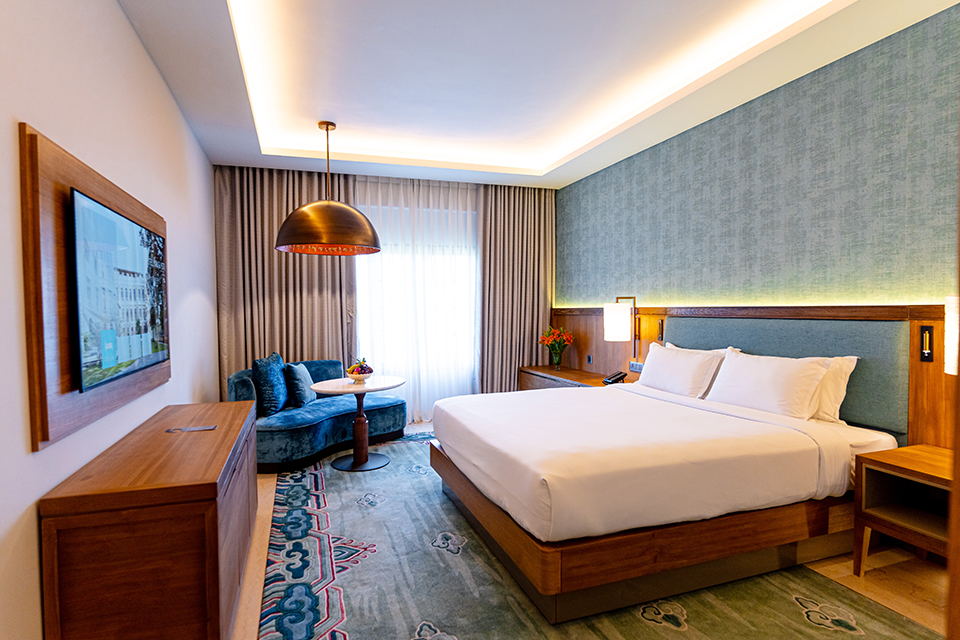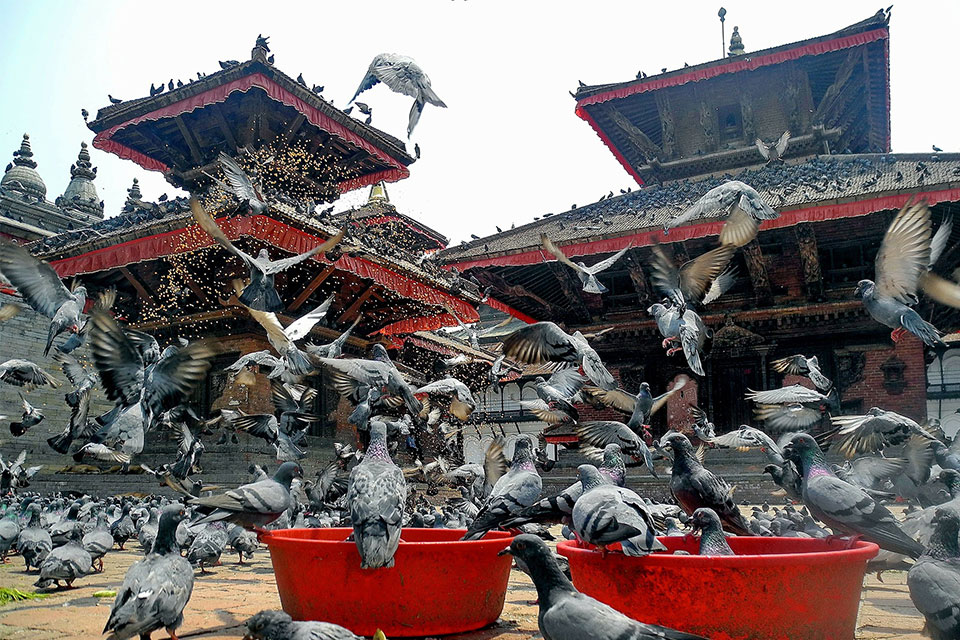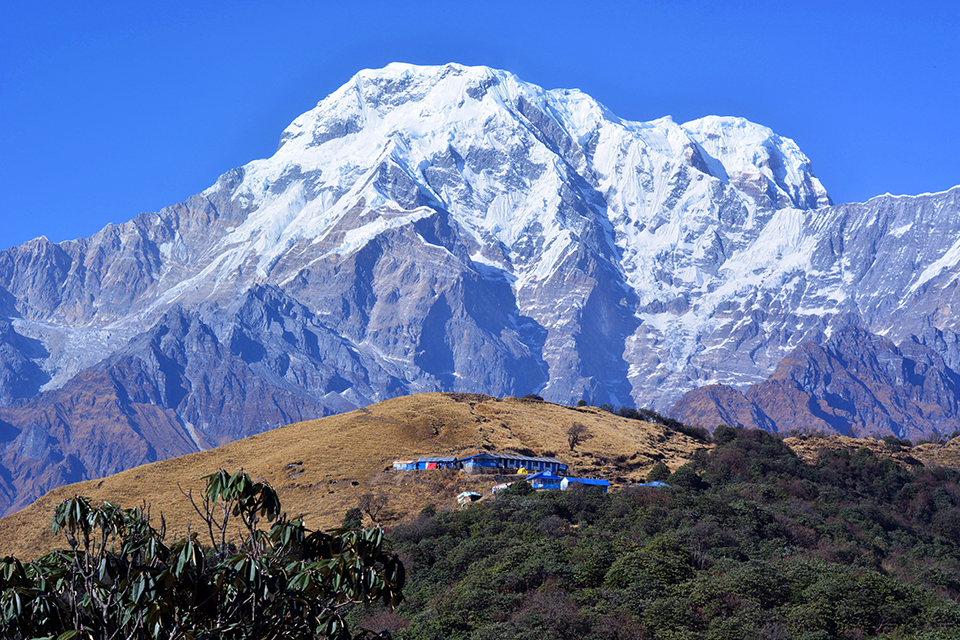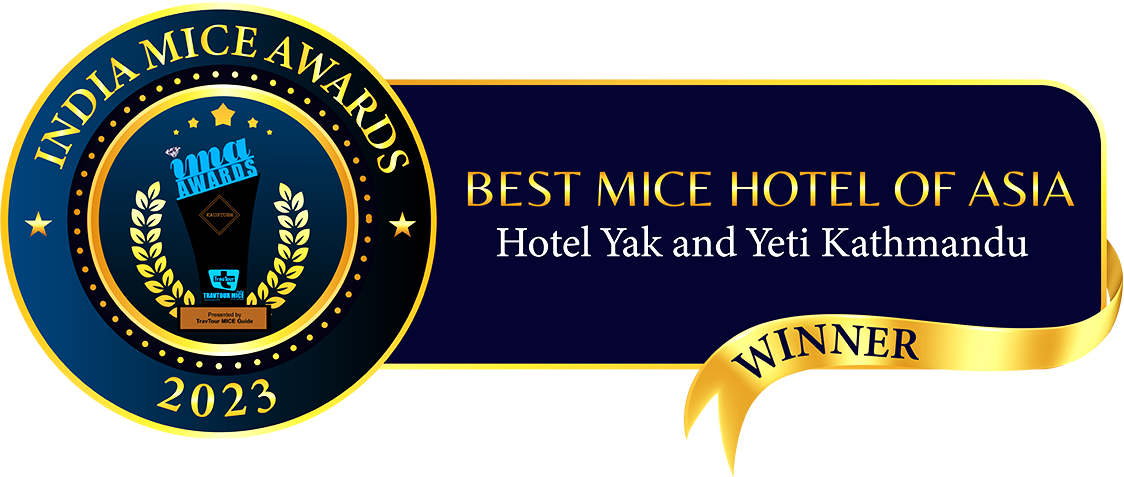Janakpur Dham | City of Ponds
Janakpur, also known as Janakpurdham, was founded in the early 18th century. It is a sub-metropolitan city in Dhanusa District of Nepal. This city is located about 225km south-east of Kathmandu. Janakpur is the third largest city in the Terai region after Biratnagar and Birgunj, and it is the seventh largest city in Nepal. The five major rivers surrounding Janakpur are Dudhmati, Jalad, Rato, Balan and Kamala. The climate here is humid-subtropical. It is one of the fastest developing cities of Nepal.
Diverse ethnic groups of people live in the district of Dhanusha such as the Yadavs, Brahmins, Kyastha, Tharu, Musahar, Rajput and Chetris. This city has a number of good schools, colleges, health care facilities and parks as well. People mostly rely on tourism, agriculture and local industries for their economy. Mithila Art, which is famous all over the world is made by Maithili women of Janakpur. The grand Ram Janaki Temple is located in the center of the city and it draws large number of visitors every year.
Janakpur is an important pilgrimage site for Hindus due to its connection with the Hindu epic, the Ramayana. It is believed that Goddess Sita was born here and it is the place of her marriage with Lord Ram. Janakpur possesses more than seventy ponds and it is also known as City of Ponds. Thousands of tourists come to visit this holy city every year. The pleasant weather, the grand and colorful festivals throughout the year, the stunning architecture of the temples and the friendly locals make Janakpur a favourite spot for tourists. But Janakpur is not just about temples and monuments. The city is well known for its rich cultural history, arts, language and literature. It is the heartland of the Mithila civilization, a melting pot of diverse cultures, religions and opportunities.
Some of the must visit places in Janakpur are:
Janaki Mandir
It is one of the renowned Hindu temples which is dedicated to Hindu Goddess Sita. It is also named as Nau Lakha Mandir by the locals as the cost for the construction of the temple was nine lakhs. Queen Vrisha Bhanu of Tikamgarh, India built the temple in 1911 AD. It is constructed in the mixed style of Mughal and Hindu architecture. It is a three-storied structure and it is made entirely of stone and marble. There are 60 rooms that are decorated with flag of Nepal, colored glass, engravings and Mithila paintings, with beautiful lattice windows and turrets. In 1657, a golden statue of the Goddess Sita was found and Sita is said to have lived there. Janaki or Sita, had chosen Lord Rama as her husband during her engagement.
Their marriage ceremony had occurred in the nearby temple which is called as Vivaha Mandap. Pilgrims and travelers from all the corners of the world visit this sacred Hindu Temple especially during November and December for Vivah Panchami. It is the city’s annual festival in which the marriage of Sita and Rama is celebrated with numerous sacred rites and rituals. During the festival, the temple is decorated with special arts, lights and bhajans are sung daily. We can experience the euphoric as well as the spiritual atmosphere around the temple’s premises.
Ram Mandir
This temple was built by Amar Singh Thapa in dedication to Ram, the prince of Ayodhya. The Ram Mandir is about 10-minute walk from Janaki Mandir, right opposite Dhanusagar. At the right side of the temple there are many stone idols of the Lord Shiva. The main festivals celebrated in Ram Mandir are Ram Navami and Vivah Panchami. As Ram Navami is the birth tithi (date) of Ram, special bhajans are sung on the day. On Vivah Panchami, some special traditional codes are performed between Ram Mandir and Janaki Mandir as marriage codes to be followed.
Vivaha Mandap
Vivaha Mandap also known as Ram Sita Vivaha Mandir, marks the spot where Lord Ram and Sita got married. In this temple we can find the scene depicting the actual marriage. Demigods are also seen on the pillars, who came to witness the great event.
Gangasagar
Gangasagar is the holy pond in Janakpur which is located near Ram Mandir. It is believed that the water for this pond has been brought from the Ganga. This pond looks magical at night time. It is beautifully decorated during Chhath festival. Visitors can also enjoy a boat ride on the pond, even during the aarti time.
Swargdwar
It is located at the west bank of Gangasagar. Swargdwari means Swarg (The Heaven) and Dwar (gate). So, this place is considered as a gate to heaven for the dead people.
Women Development Center
It is a non-profit center that provides skills and business trainings to women so that they can earn their independent livelihoods. Initially women were taught paper art typical to the Mithila region but now they are given trainings for sewing, screen-printing, ceramics and paintings as well.
Janakpur is a holy city where one can experience diverse culture, tradition, religion, arts and languages. The best season to visit Janakpur is May, July and August.
Website by: Curves n' Colors













